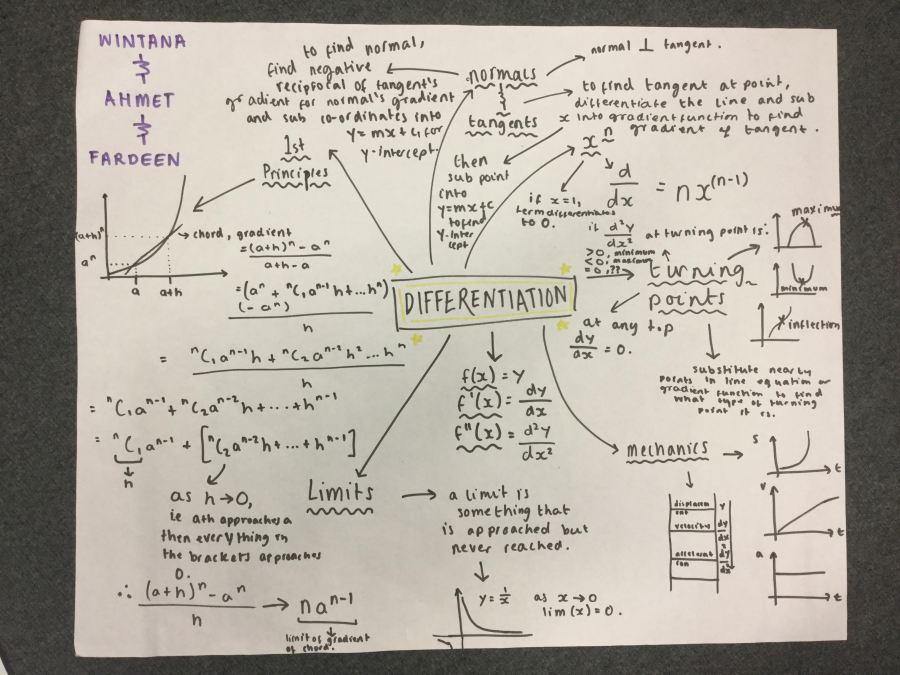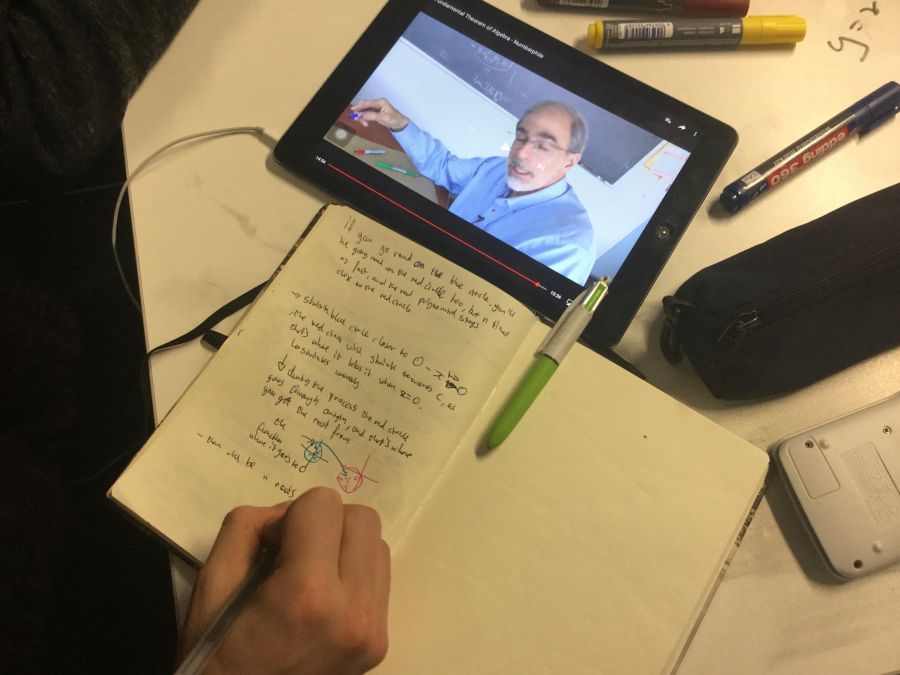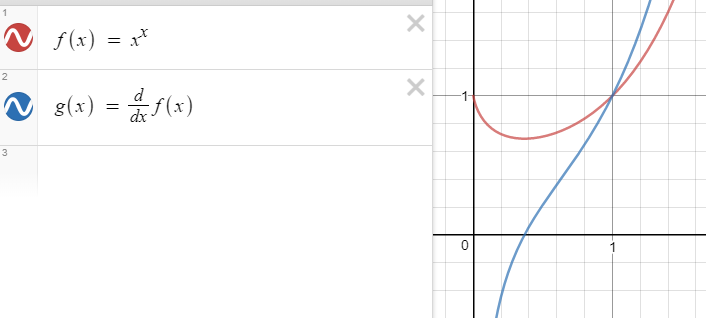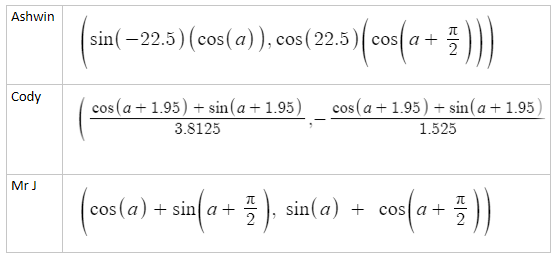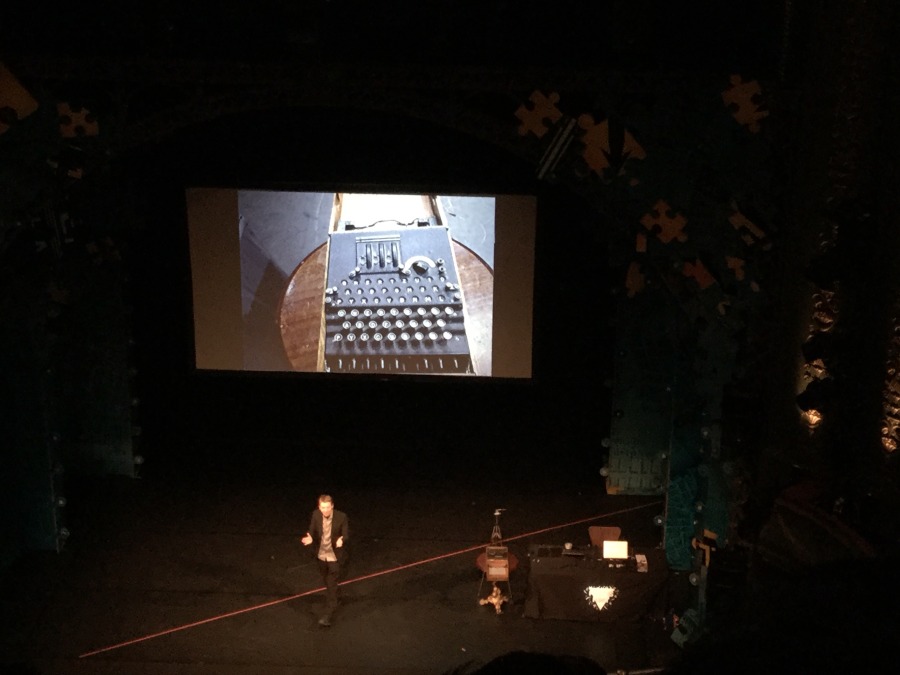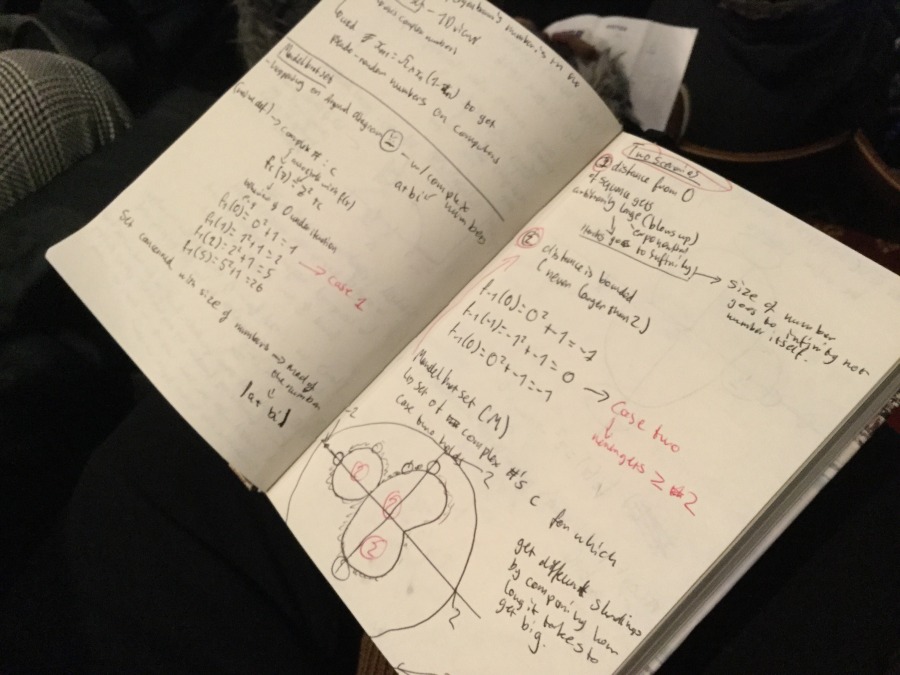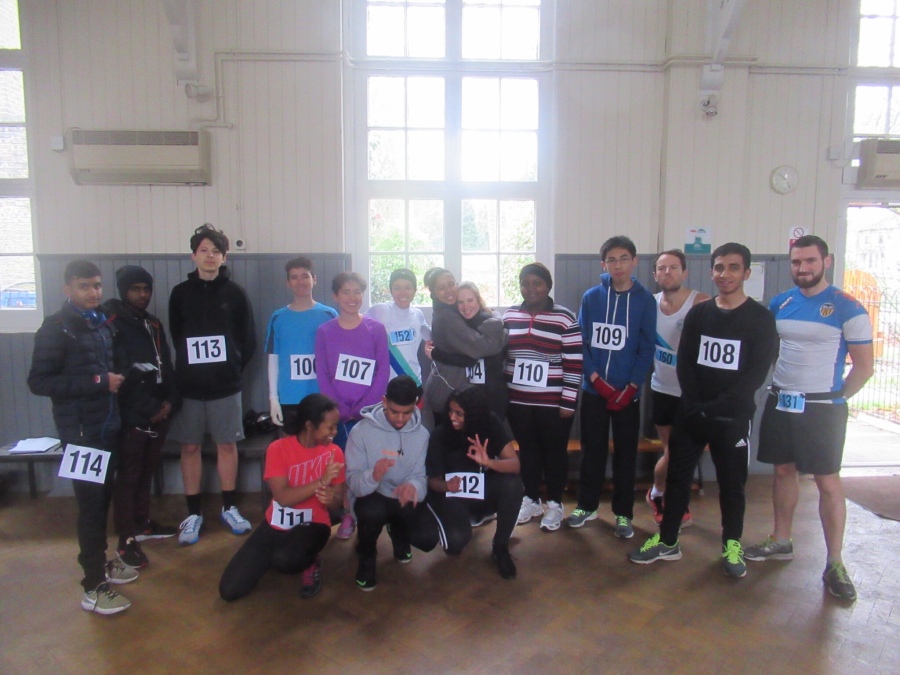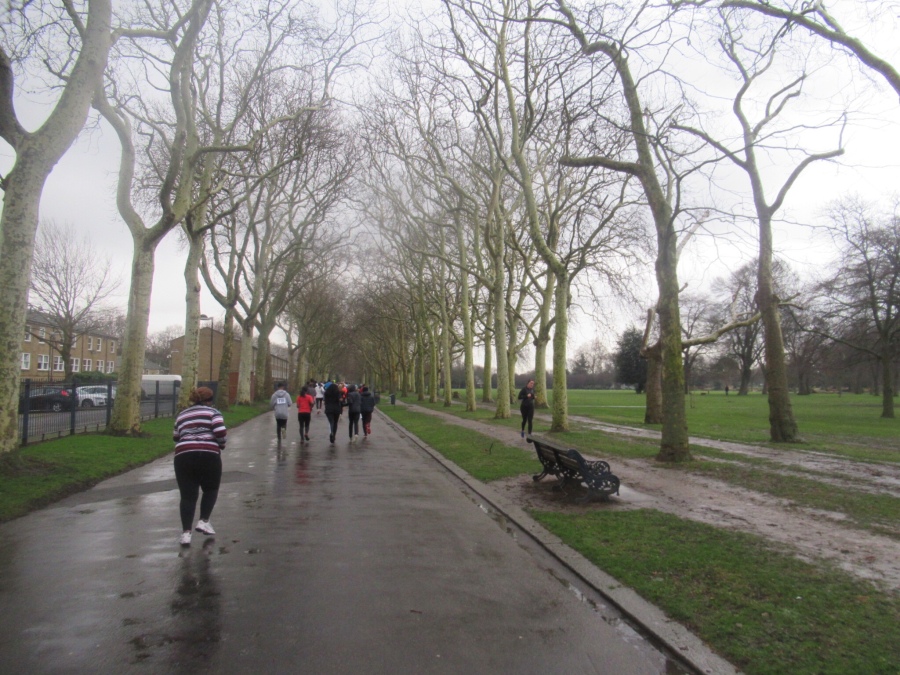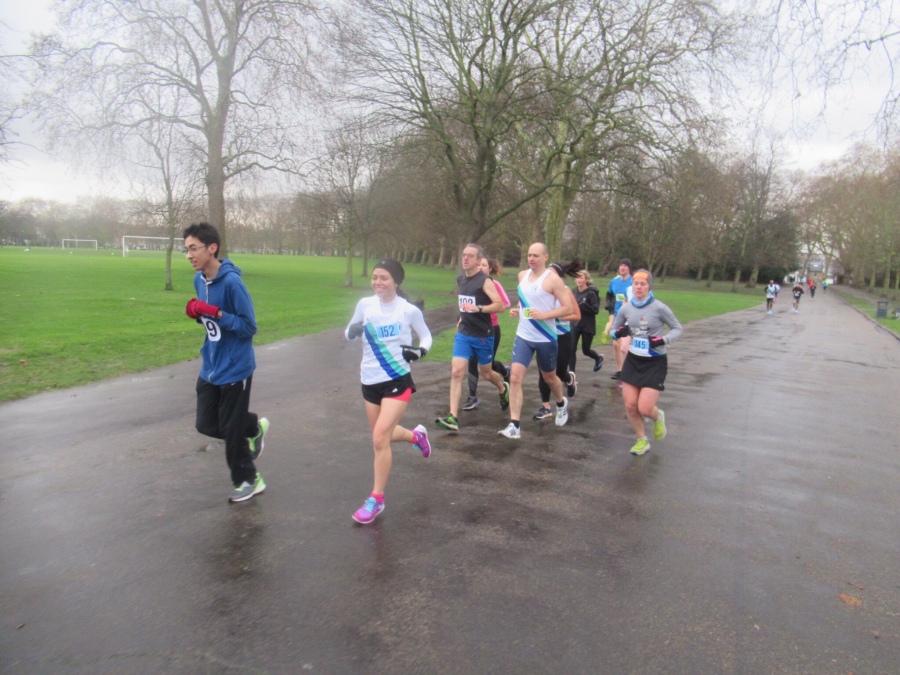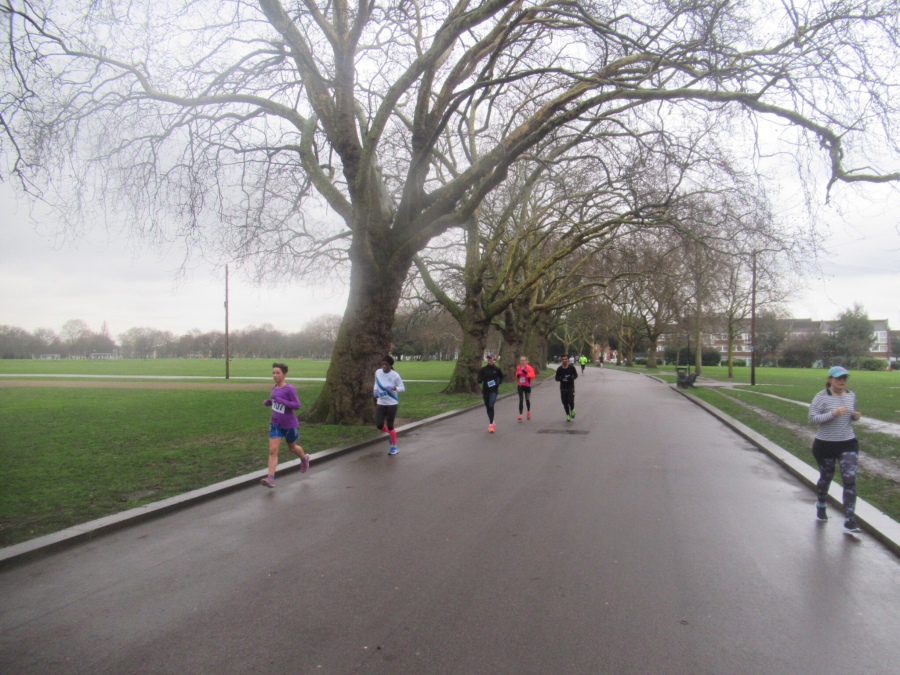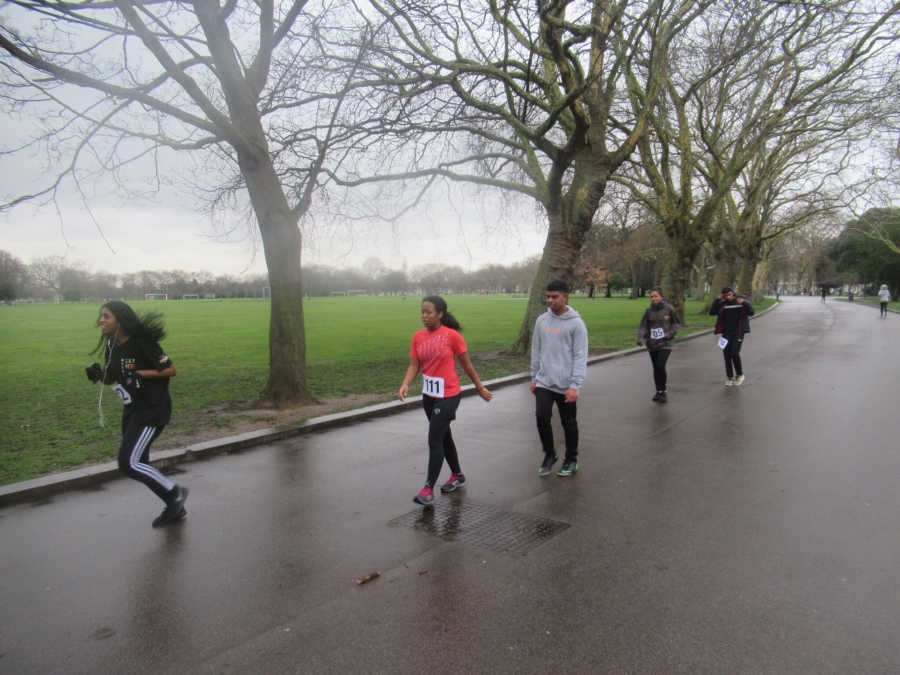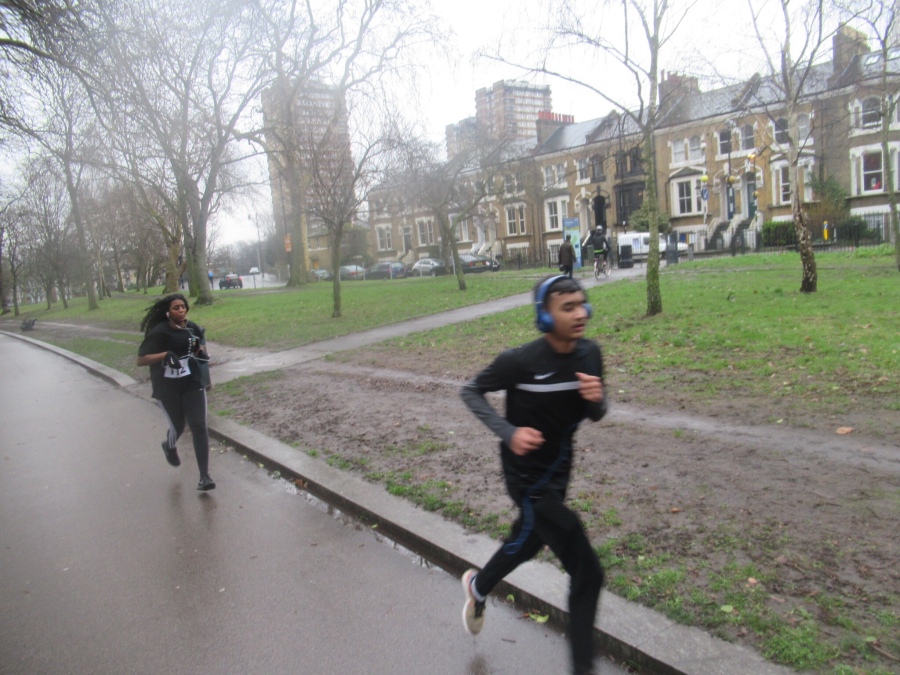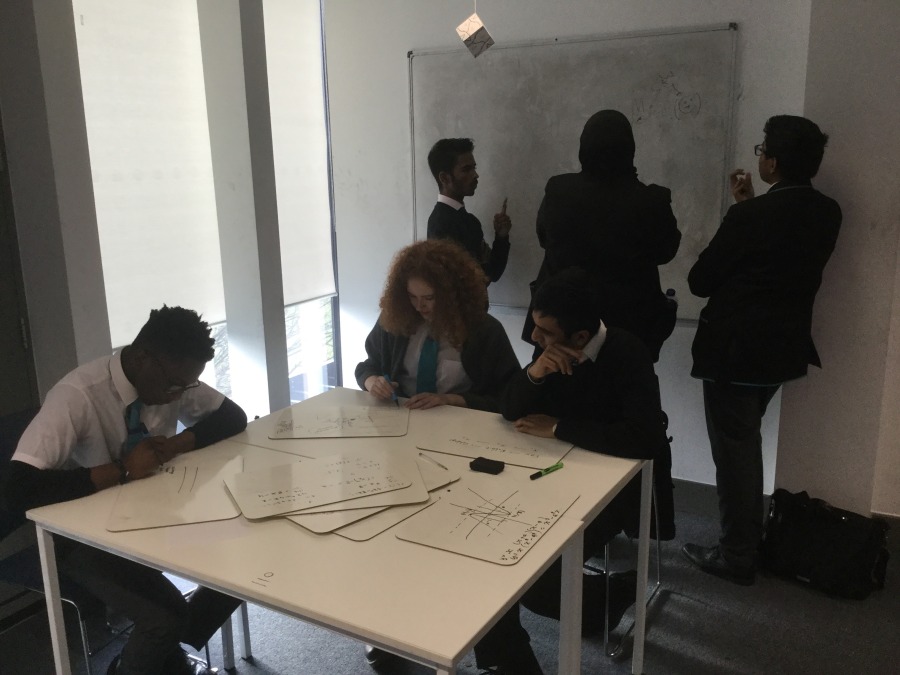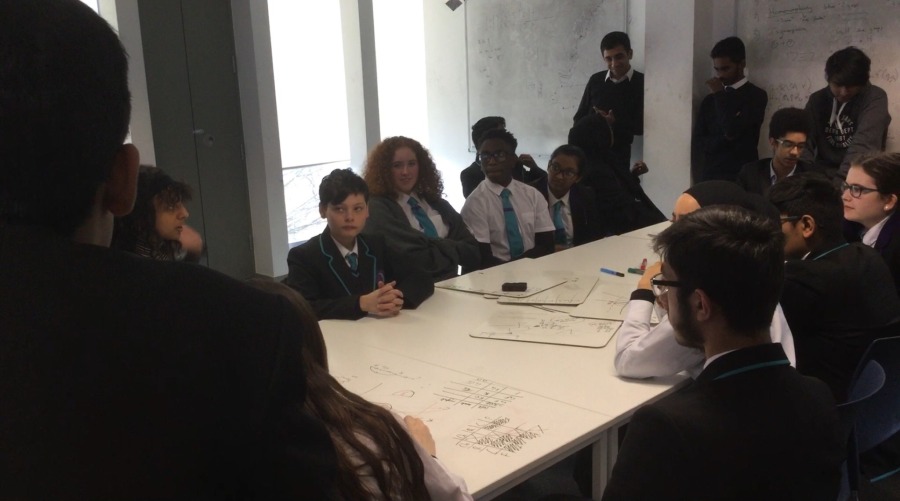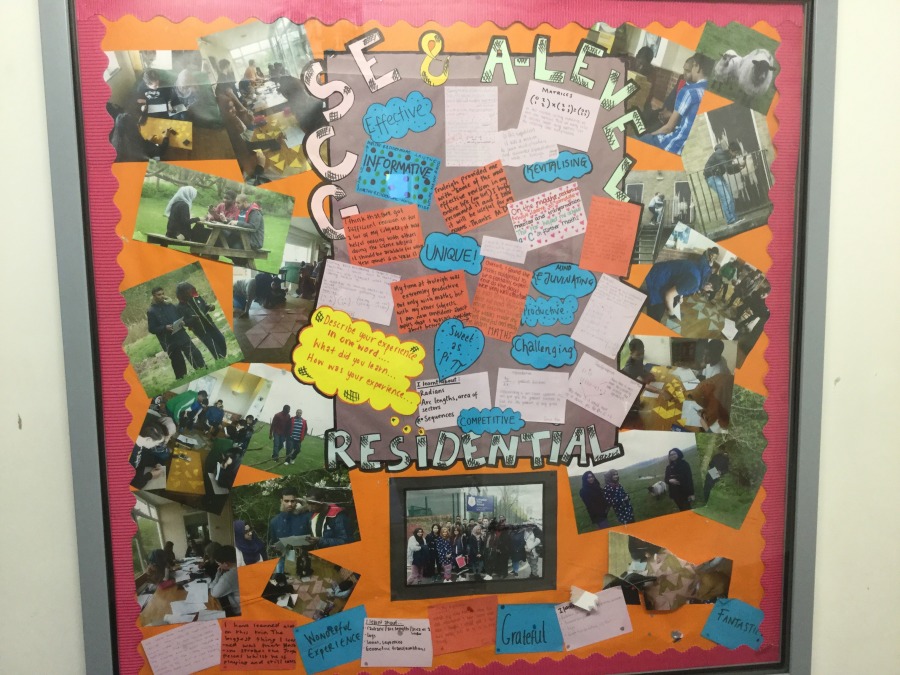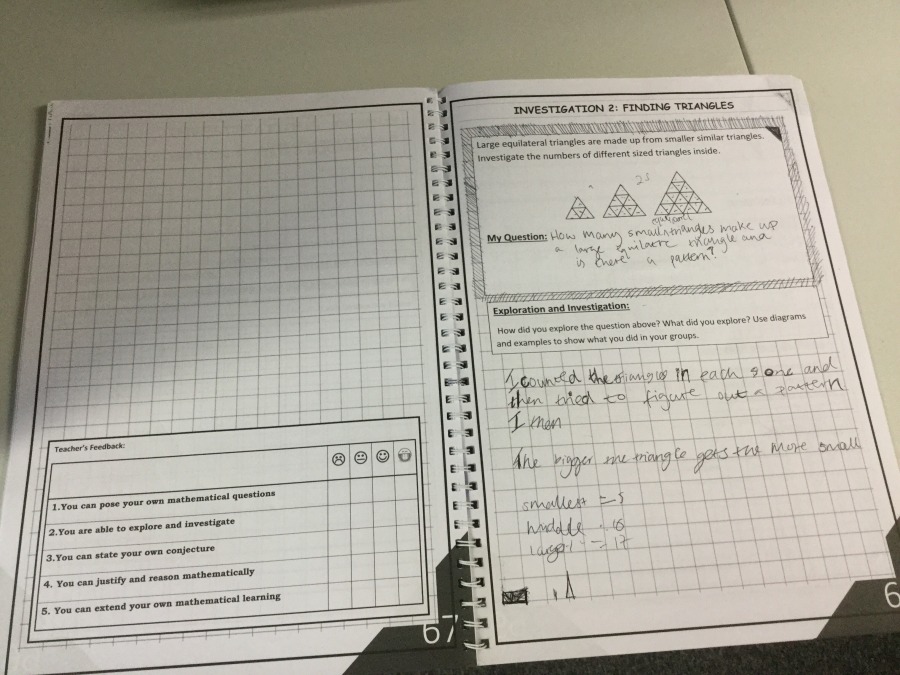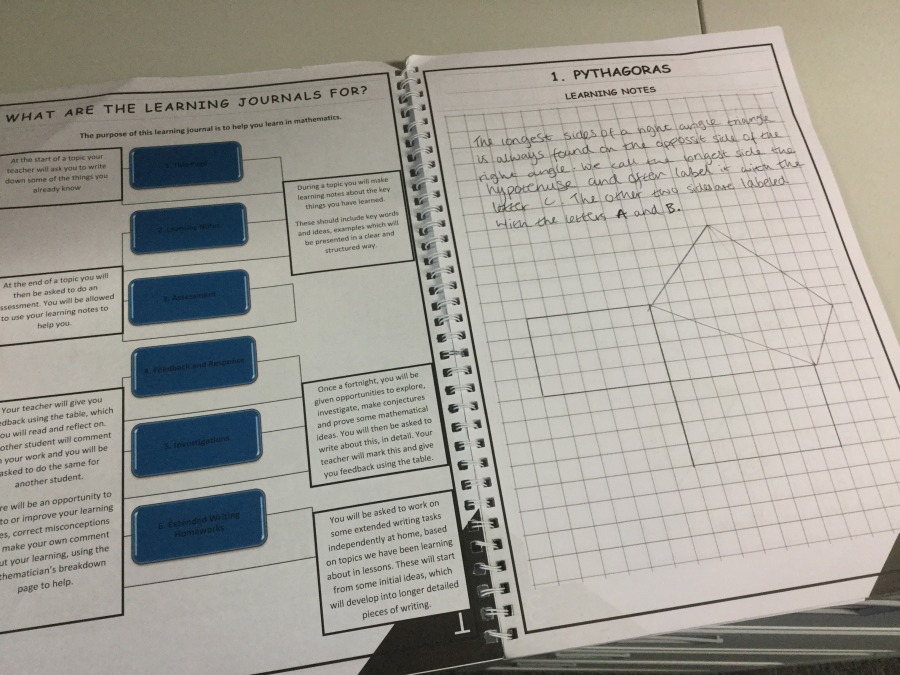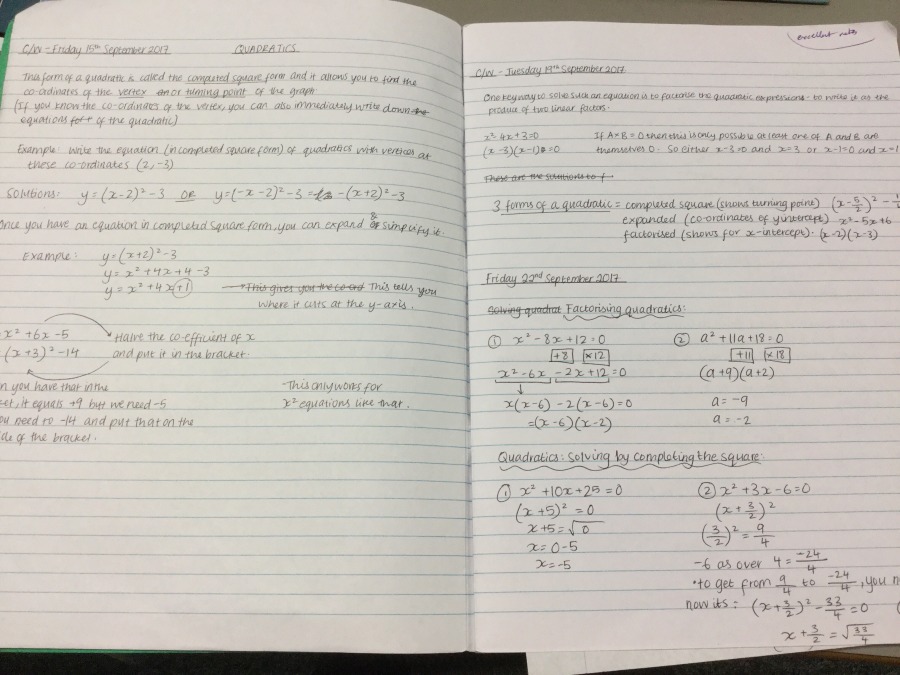Planning through thinking, rather than resourcing. No slides provided. No slides needed?
Feedback so welcome.
The journey we will take:
- Notation: what does that squiggly line mean? Note, there is a unique integral (if it exists). Signed area. If I know this area, what else do I know?
- Estimation. Gaining intuition through rough eye-balling and some good geometric thinking. Is this area finite, infinite or nonsense? If it is finite, guess the area? How about for these curves? (See below for some questions)
- Approximation. Explore various methods of methodically chopping up an area into smaller nicer shapes. Play here. Why do we not use sigma notation? Because integration is not sum, but limit of sums.
- Formal derivation of integral of small polynomials. The doppelganger to differentiation from first principles (this is more technical and therefore non-examined).
- Pause any discussion of area, as the anti-derivative strolls in – “if this is the gradient function, then what could the mother-function be?”. An appreciation that if one anti-derivative exists, then in fact a whole family exists. An appreciation that some functions have no anti-derivative at all. Karenann’s excellent question: “Find me curves whose tangents make a square” is useful practice for finding an anti-derivative.
- Finally, the mind-bogglingly convenient Fundamental Theorem of Calculus. “Integral = anti-derivative” WTF. Area is the opposite of slope? Think of this through displacement and velocity. If all you can see is the speedometer, how can you calculate the distance you have travelled? 3blue1brown is the video to watch. Approximate velocity as collection of constant-height lines, since displacement easy to calculate for each segment. Signed area = displacement. Total area = distance. Also, the integral of a function is determined completely by the value of the anti-derivative at just the two endpoints?! How is that enough information? (p.s. might also mention Fundamental Theorems of Arithmetic and Algebra here too?)
- Woah this theorem is powerful. Let’s use it to find the average of a function (How does that even make sense?!)
- Wait a second, sometimes this theorem fails… And this theorem has a history.
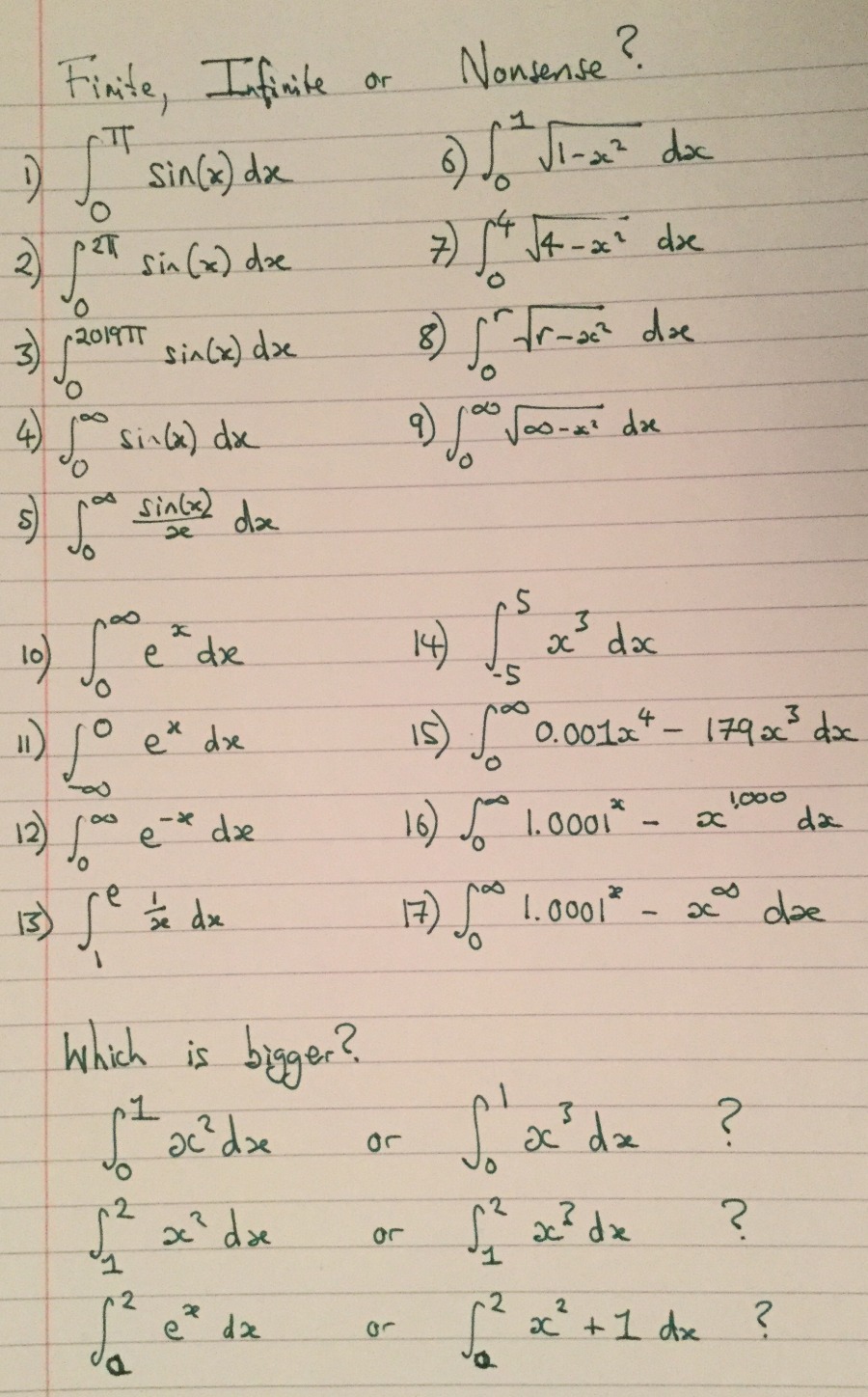
For an utterly awful introduction to integration with not a single mention of area, see here:

